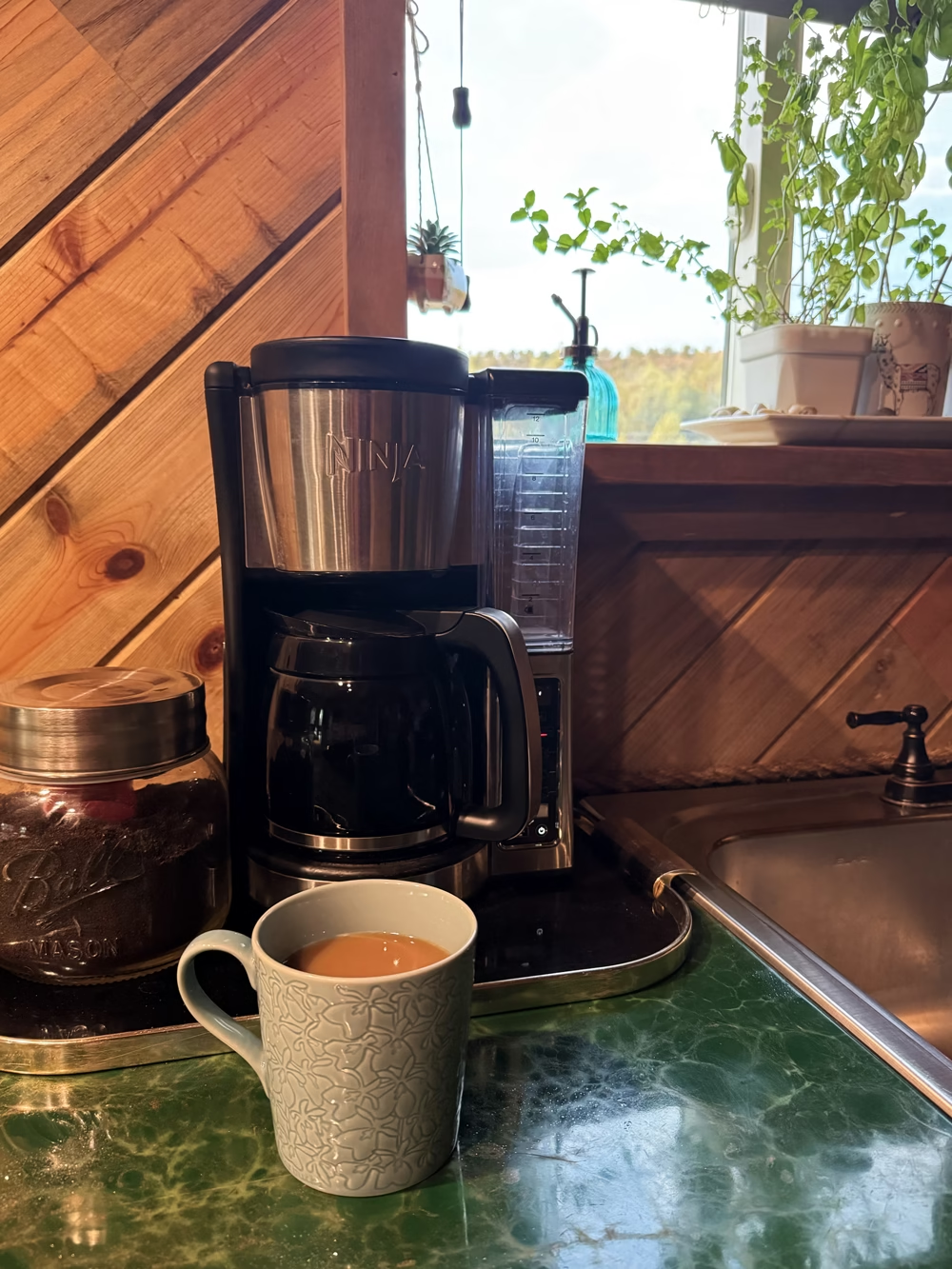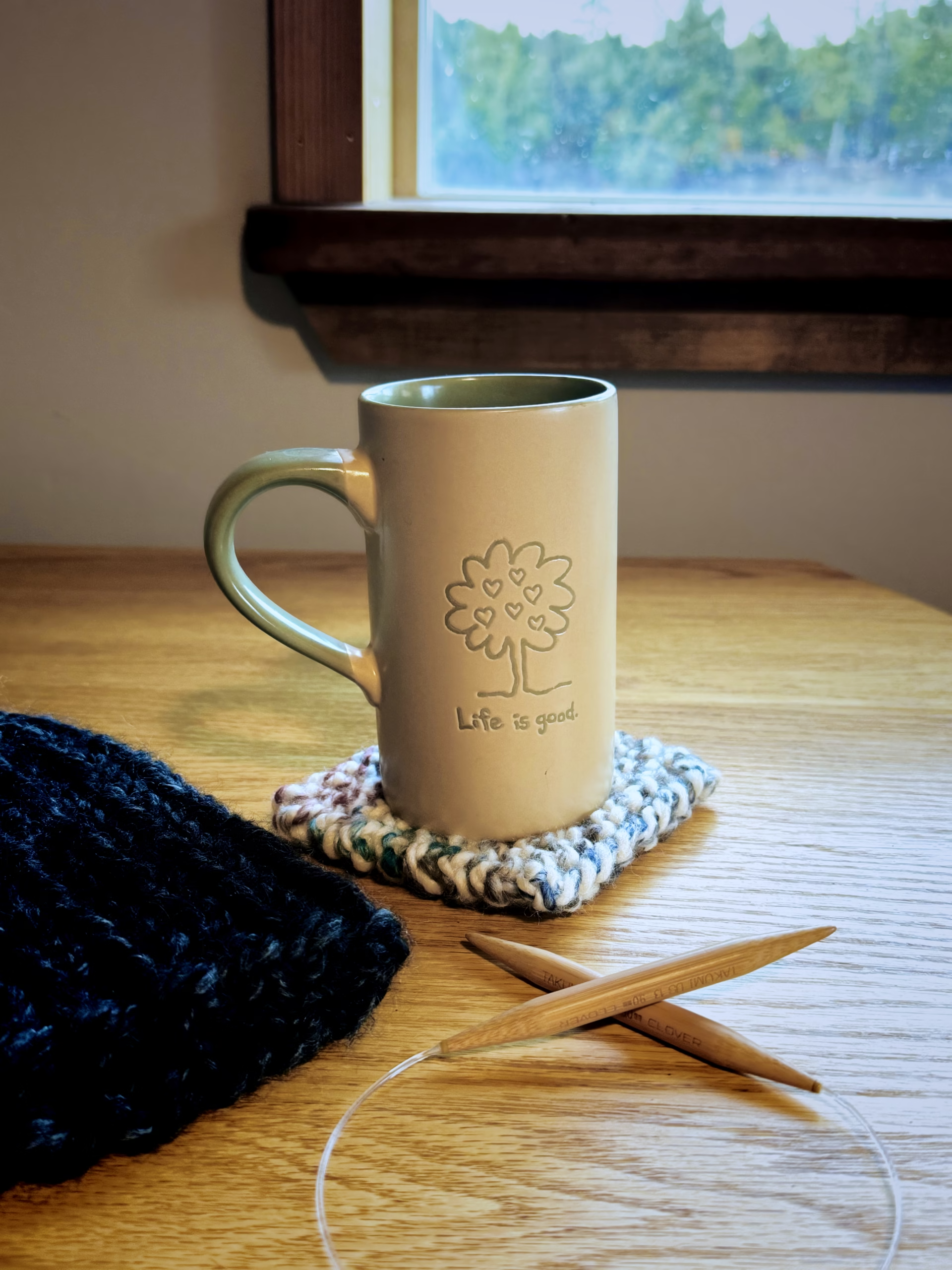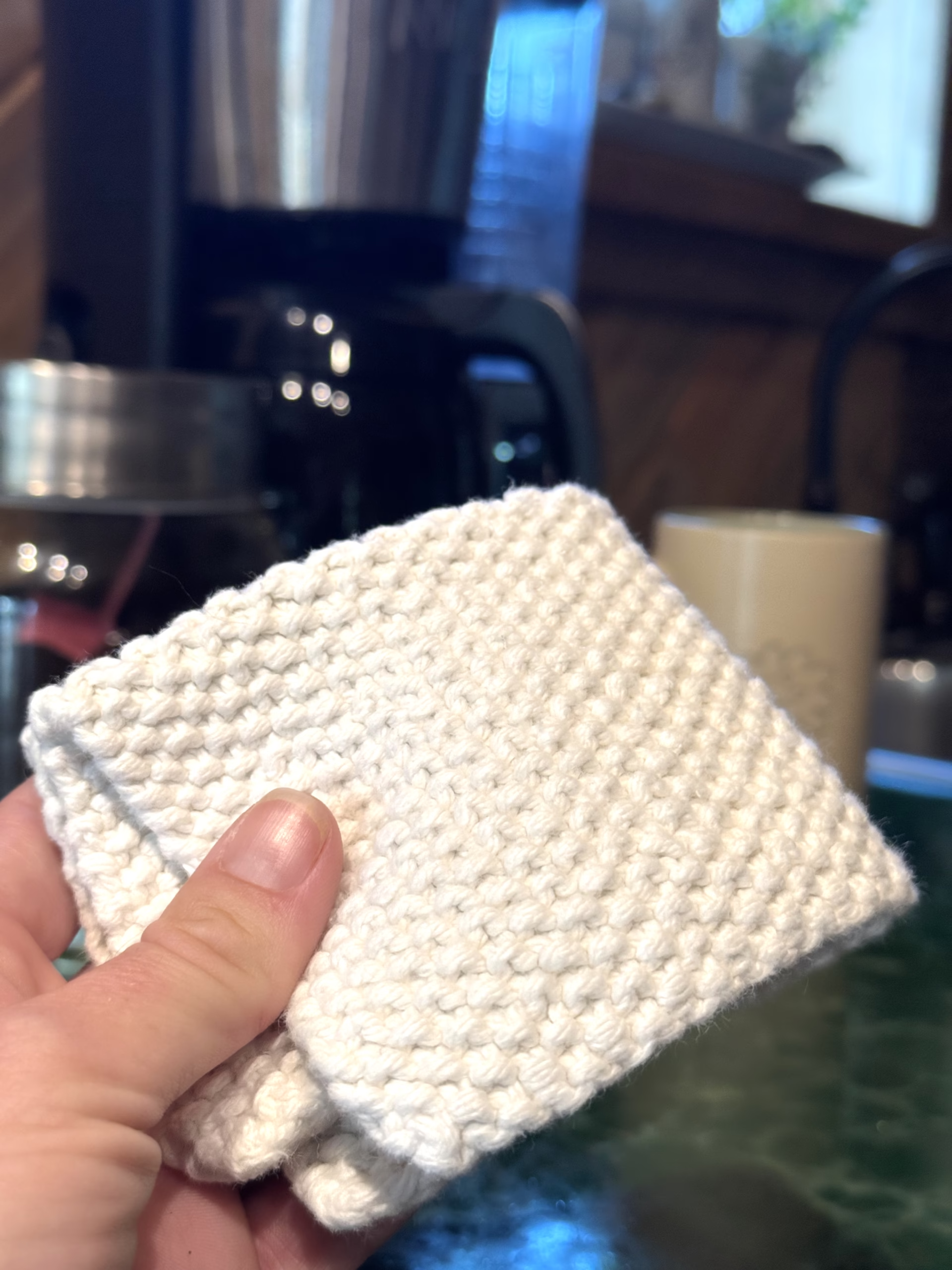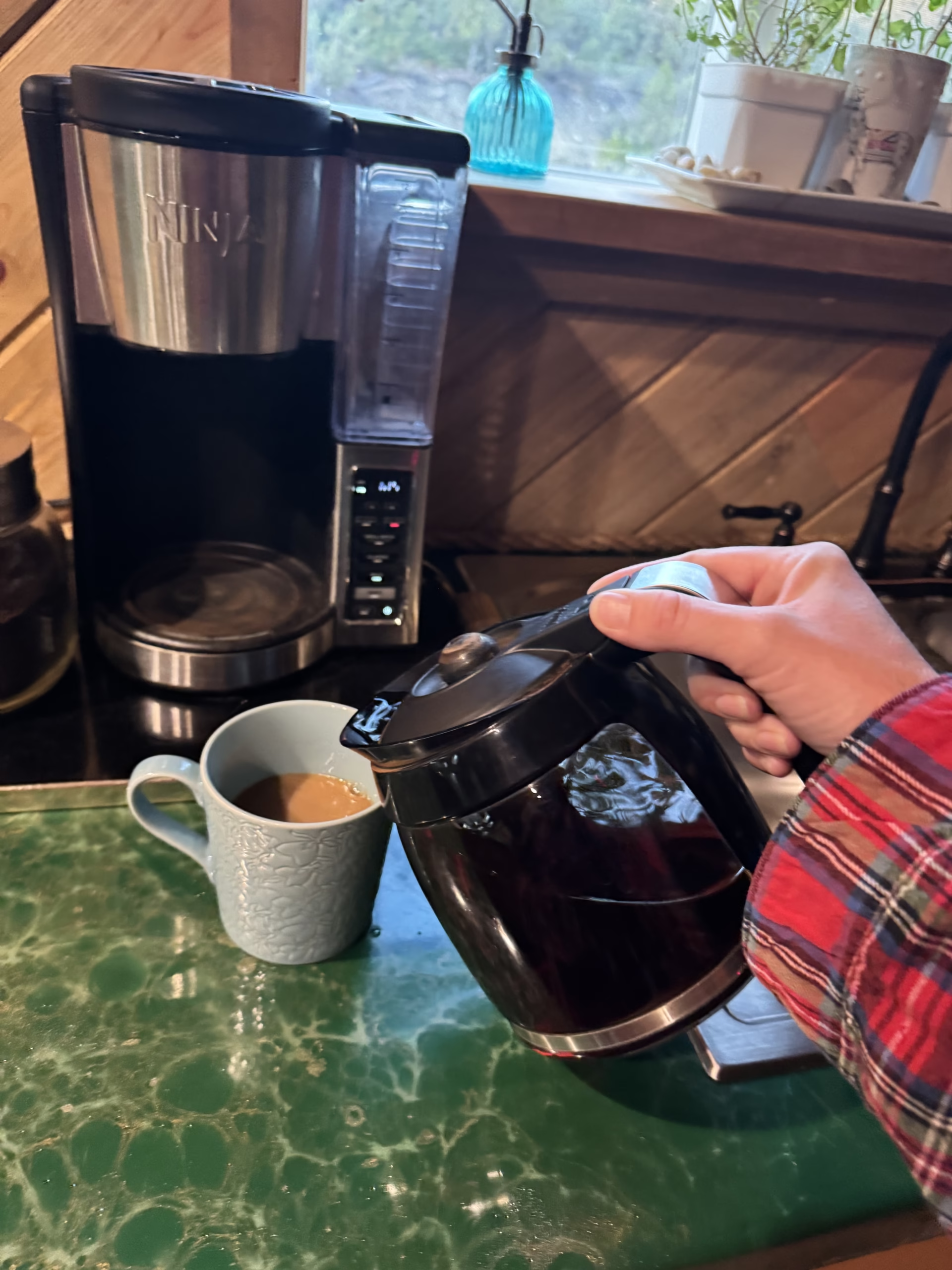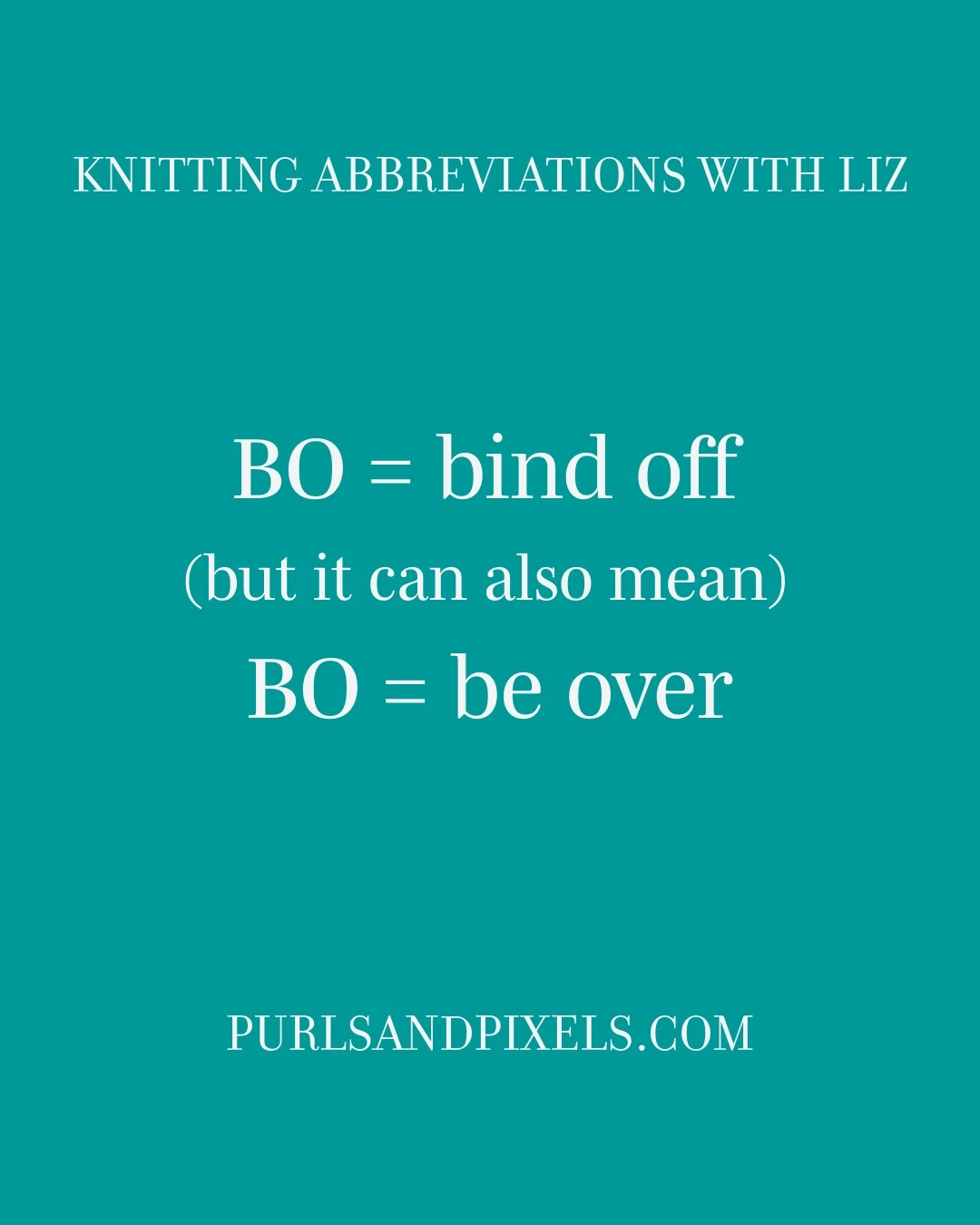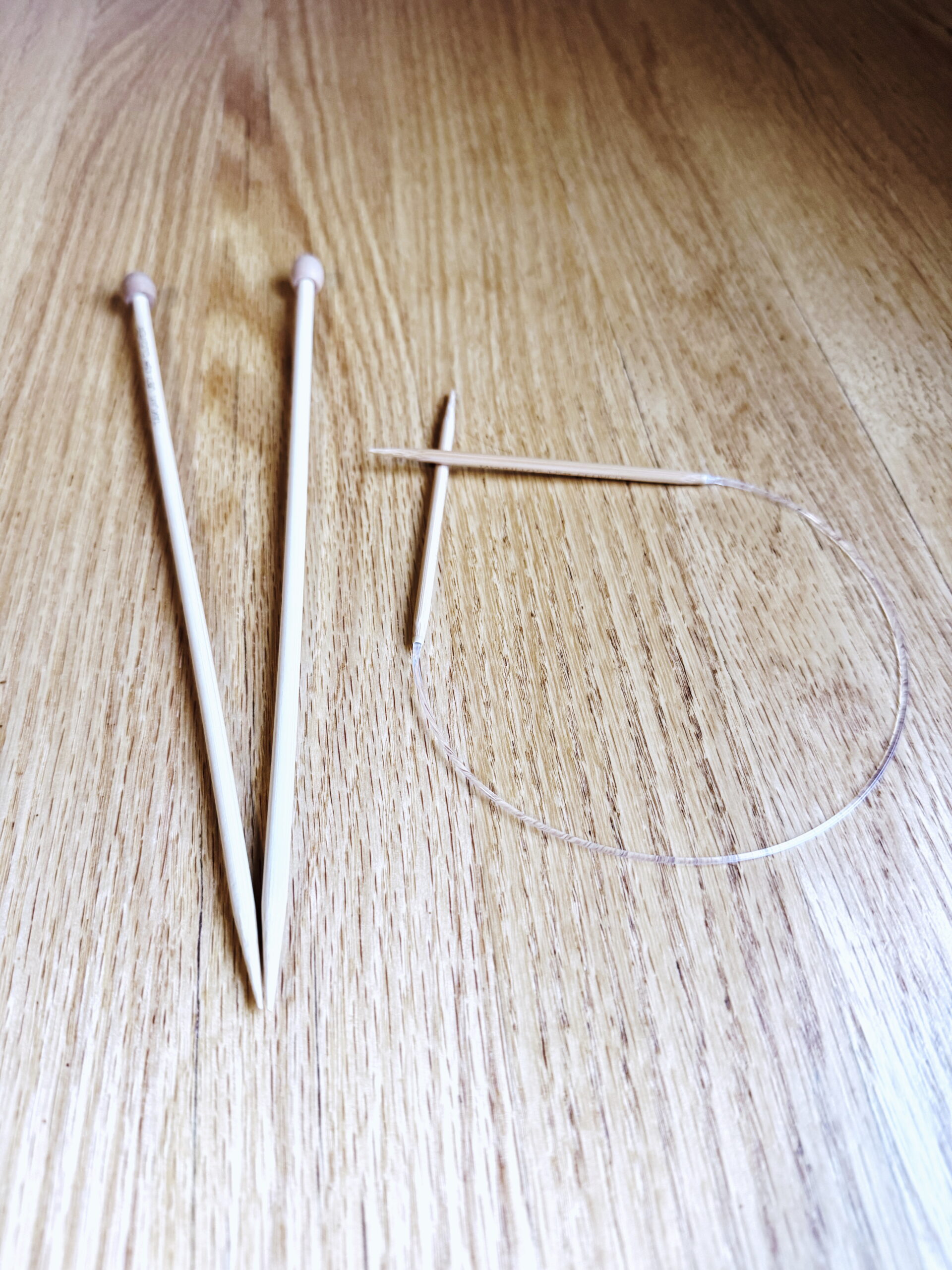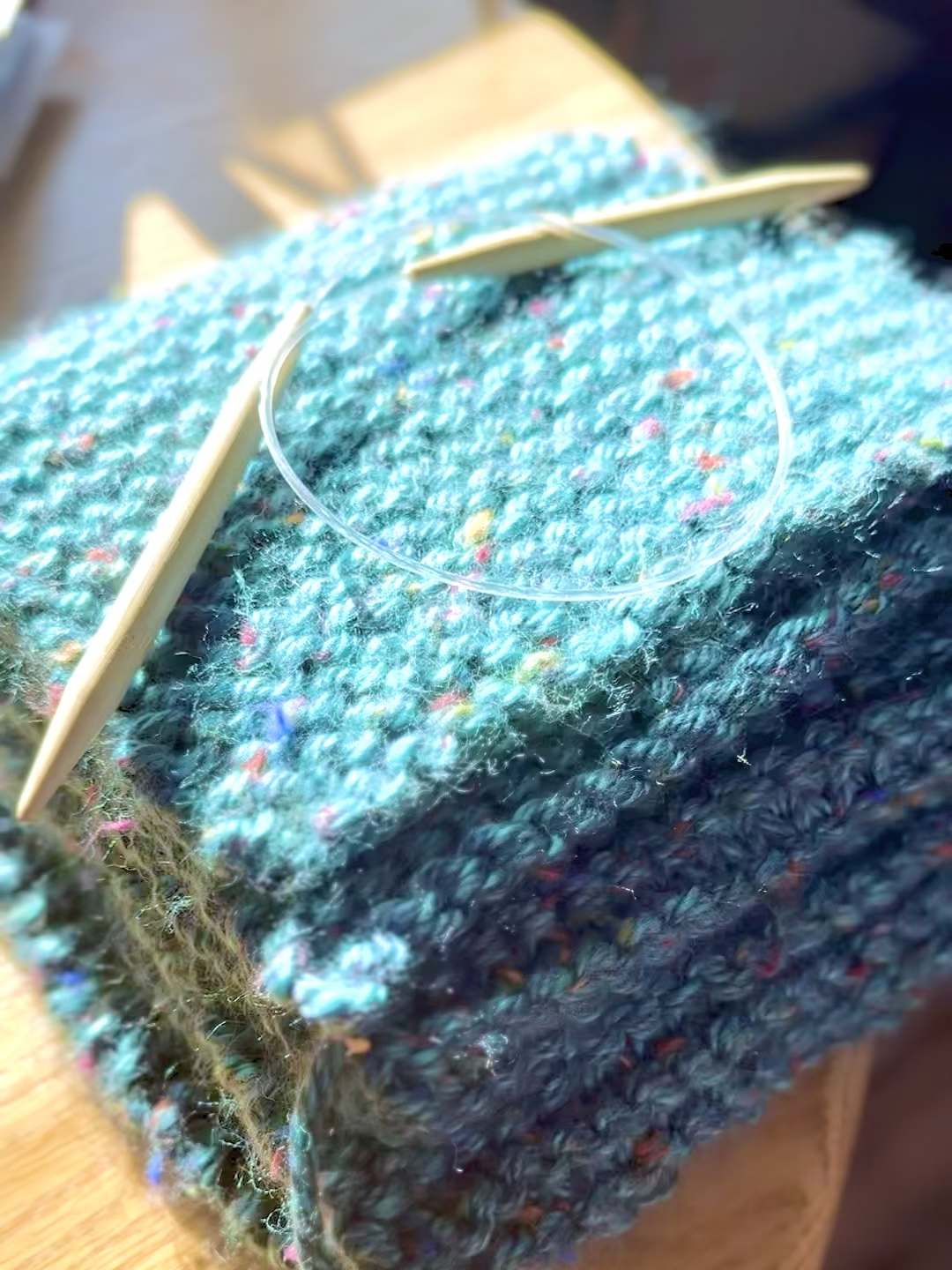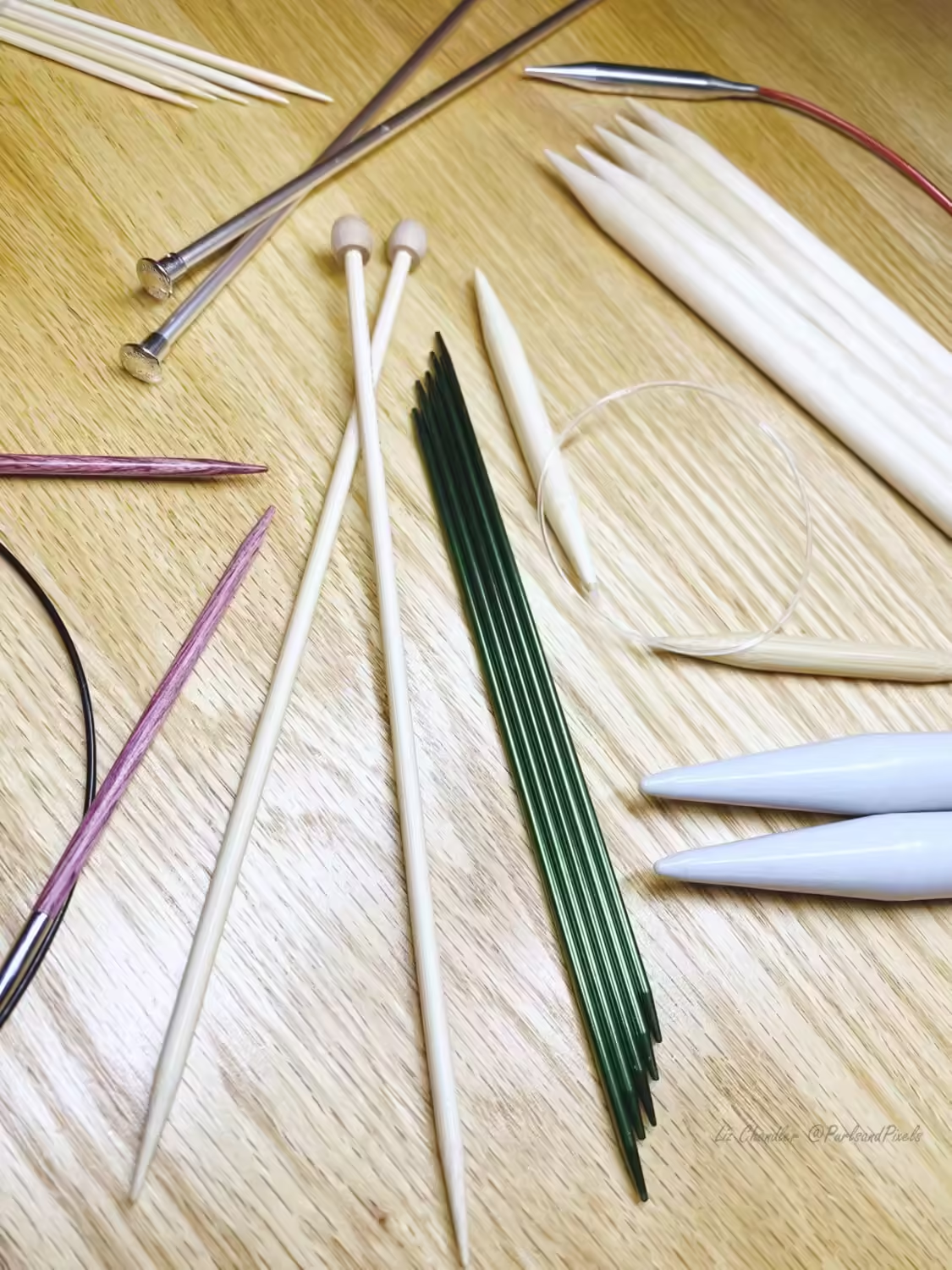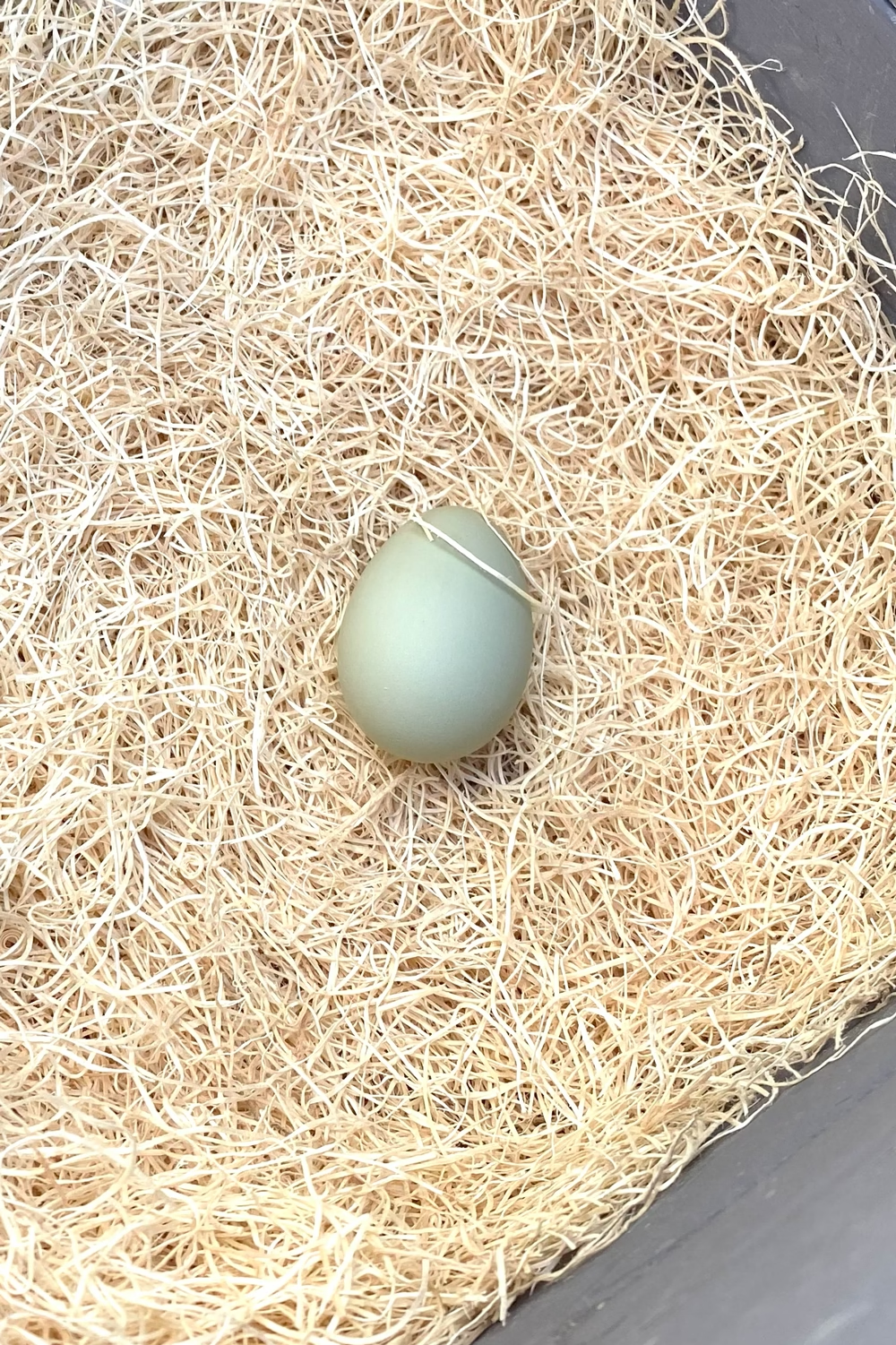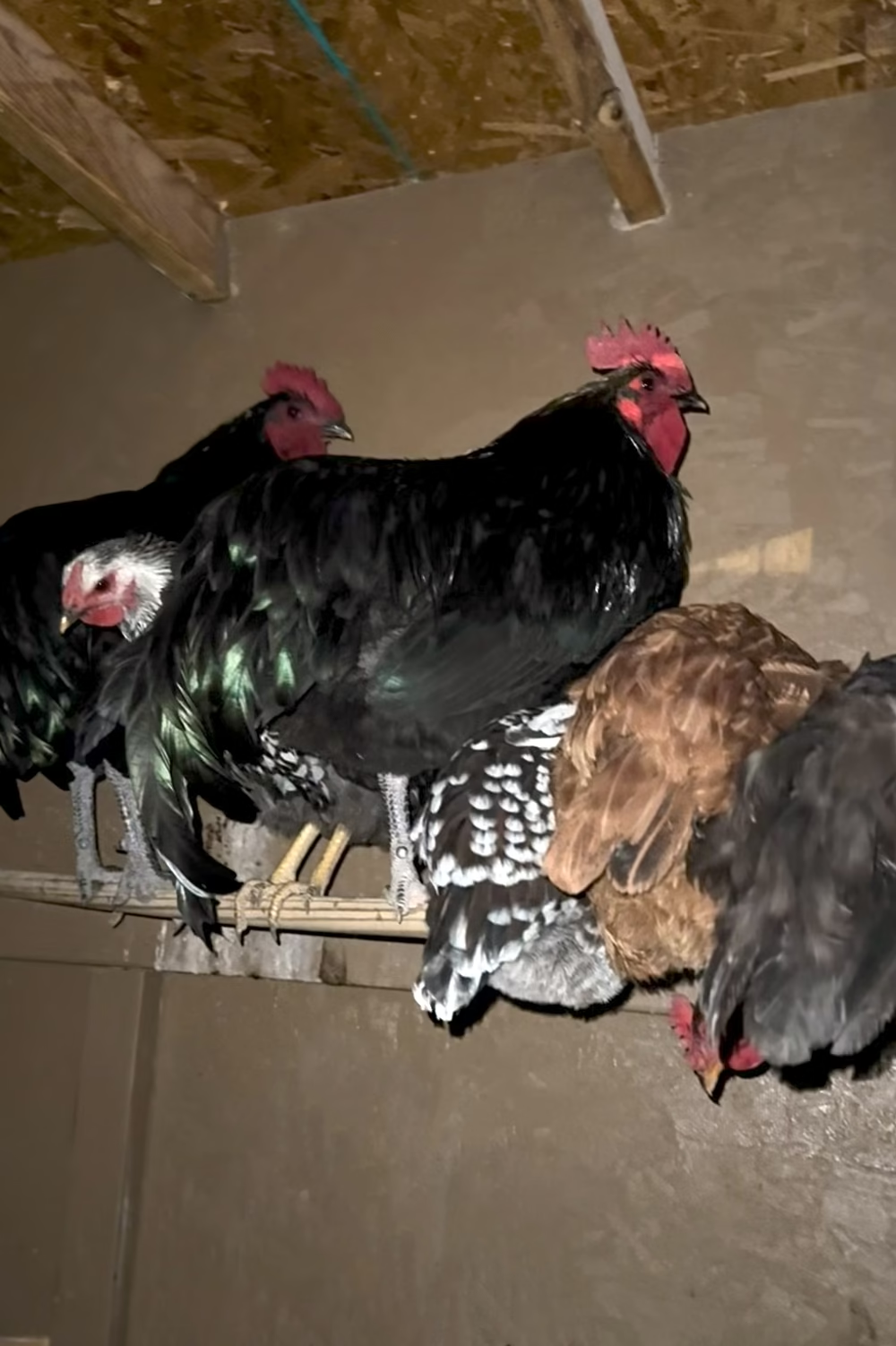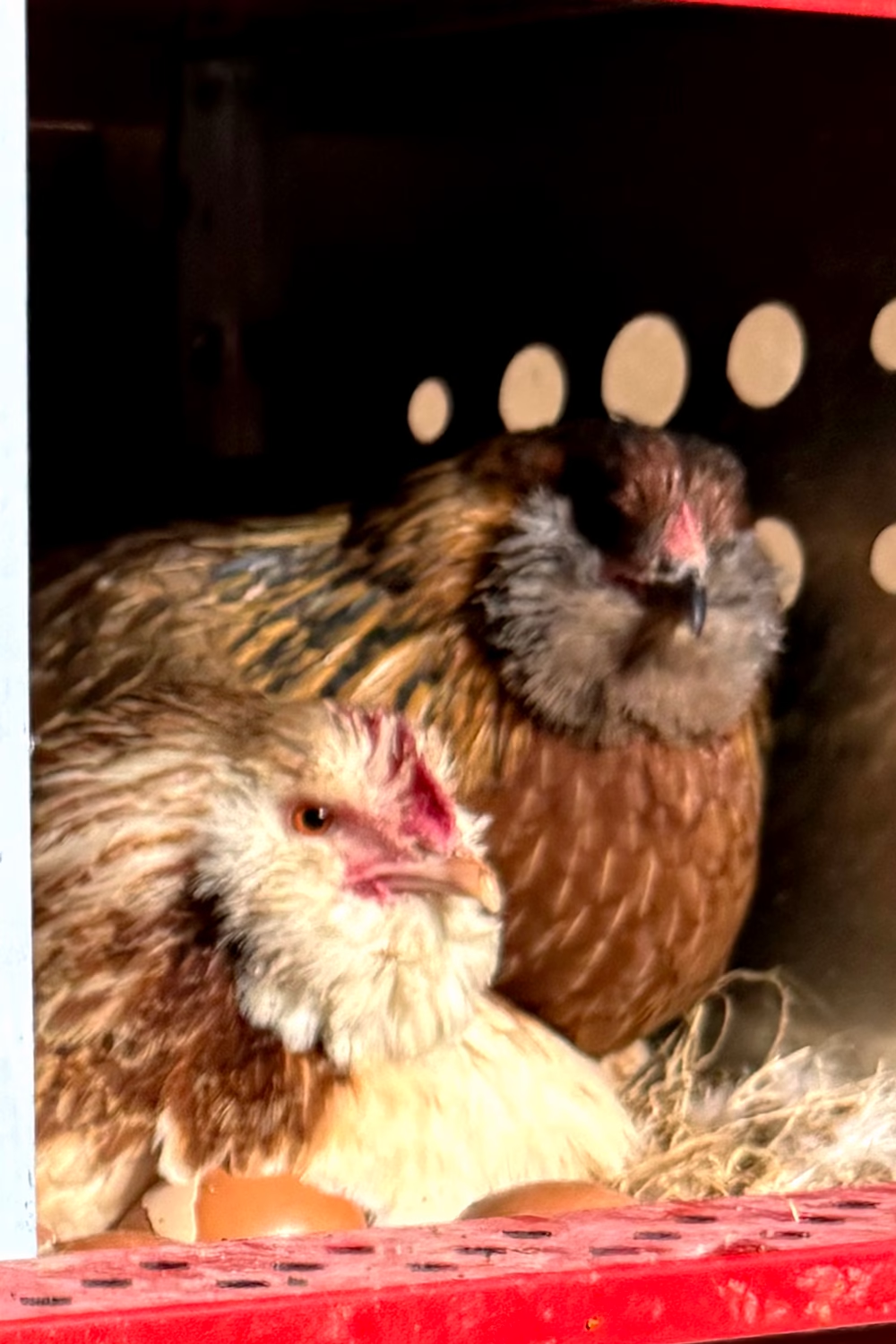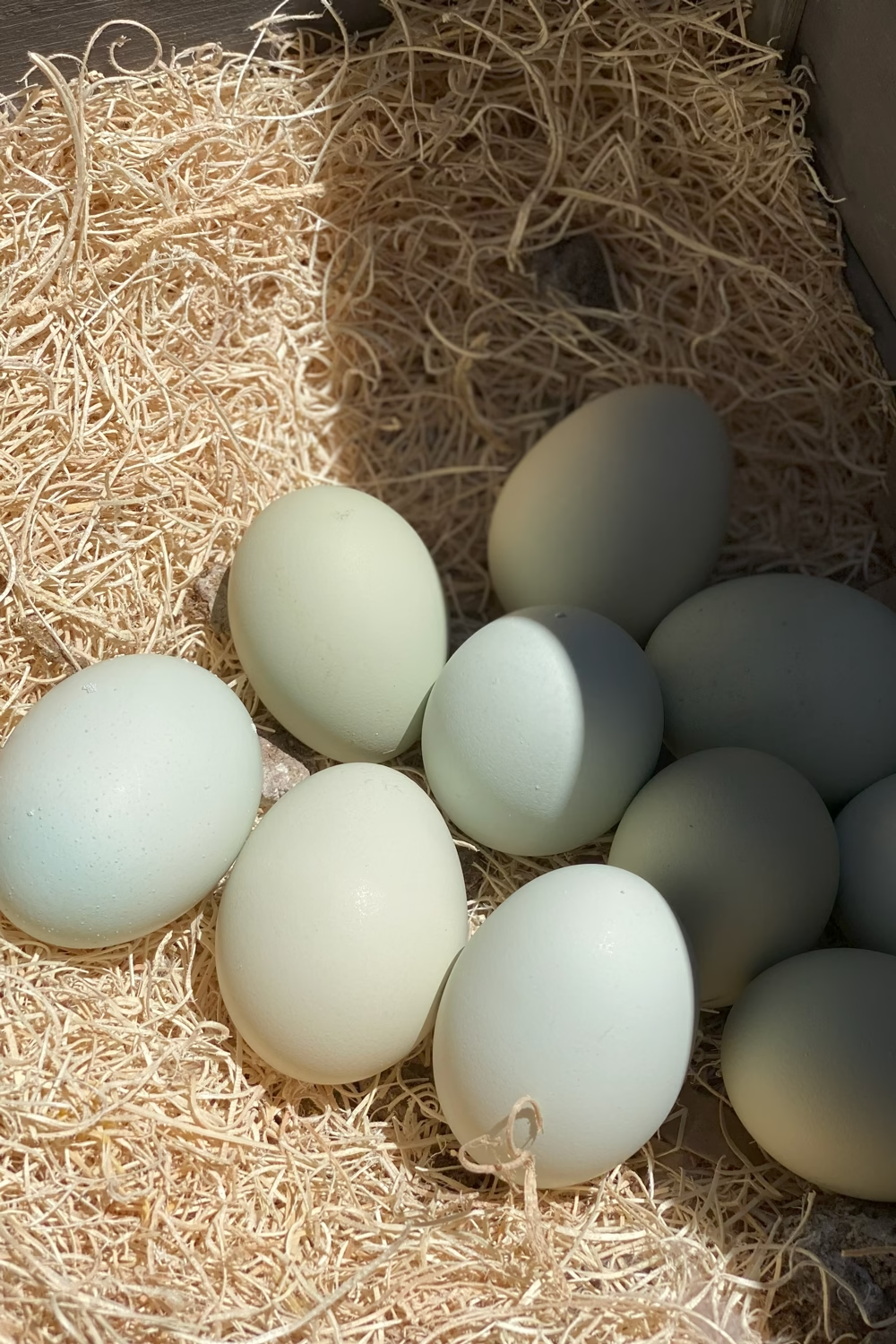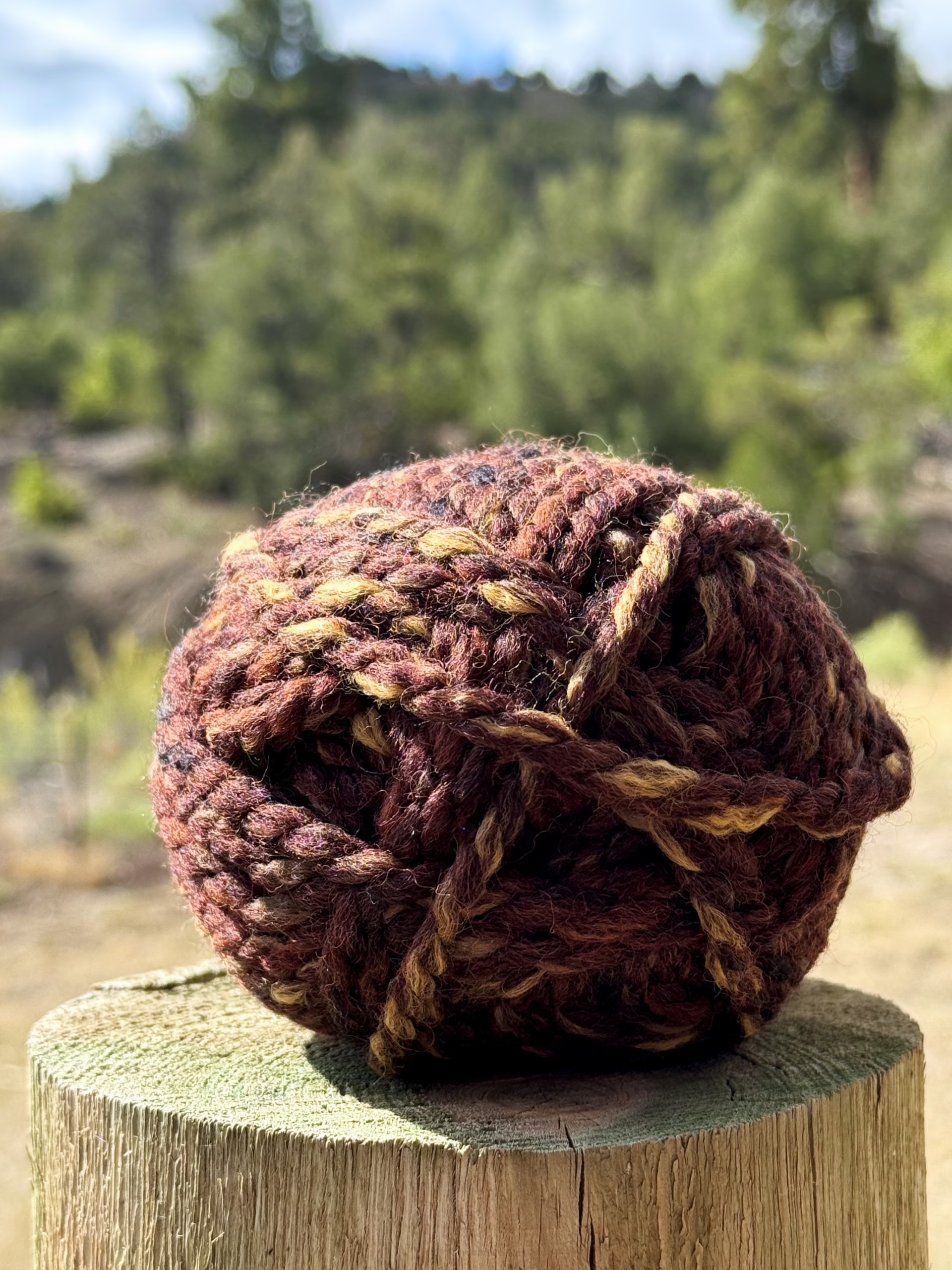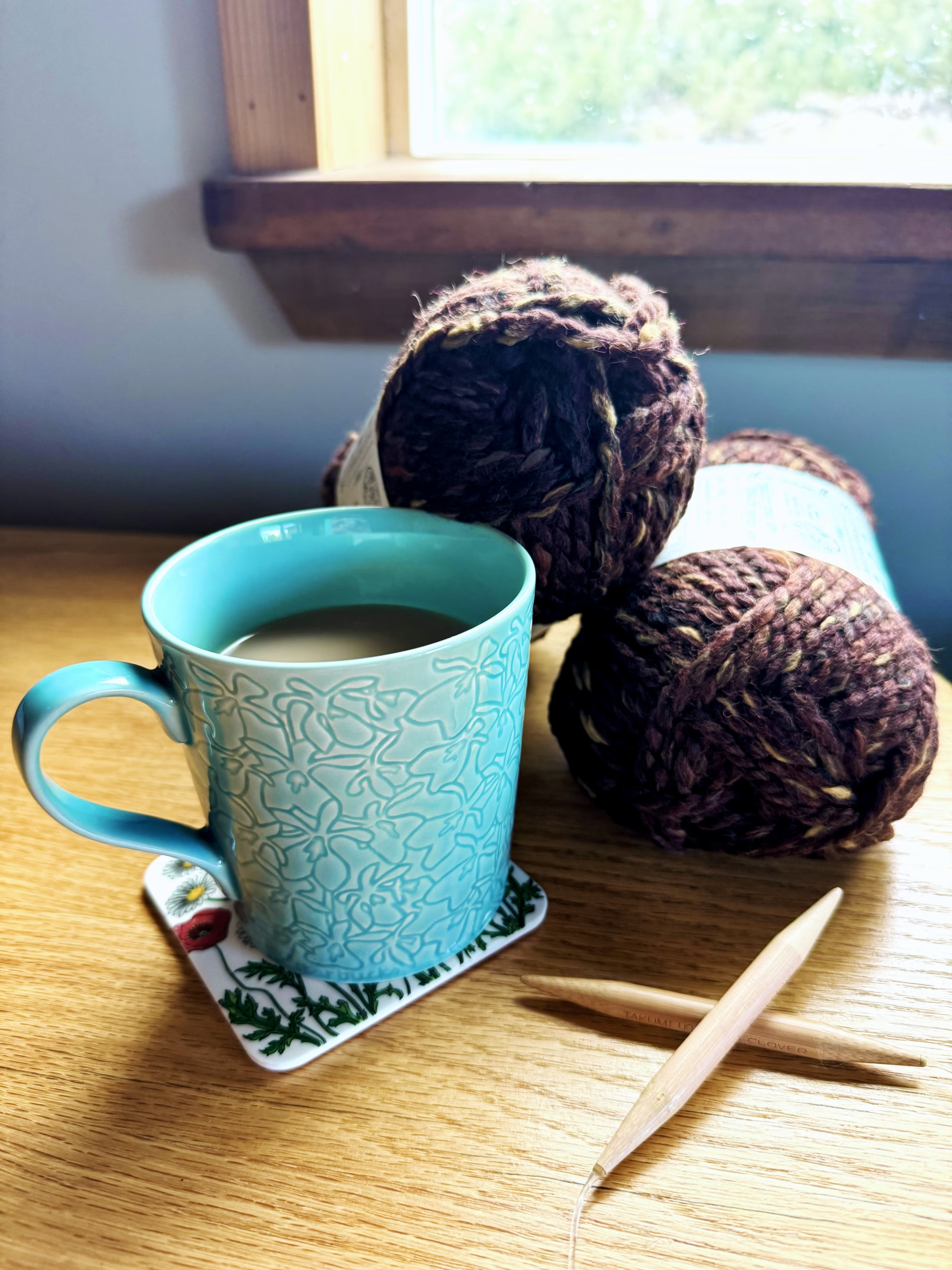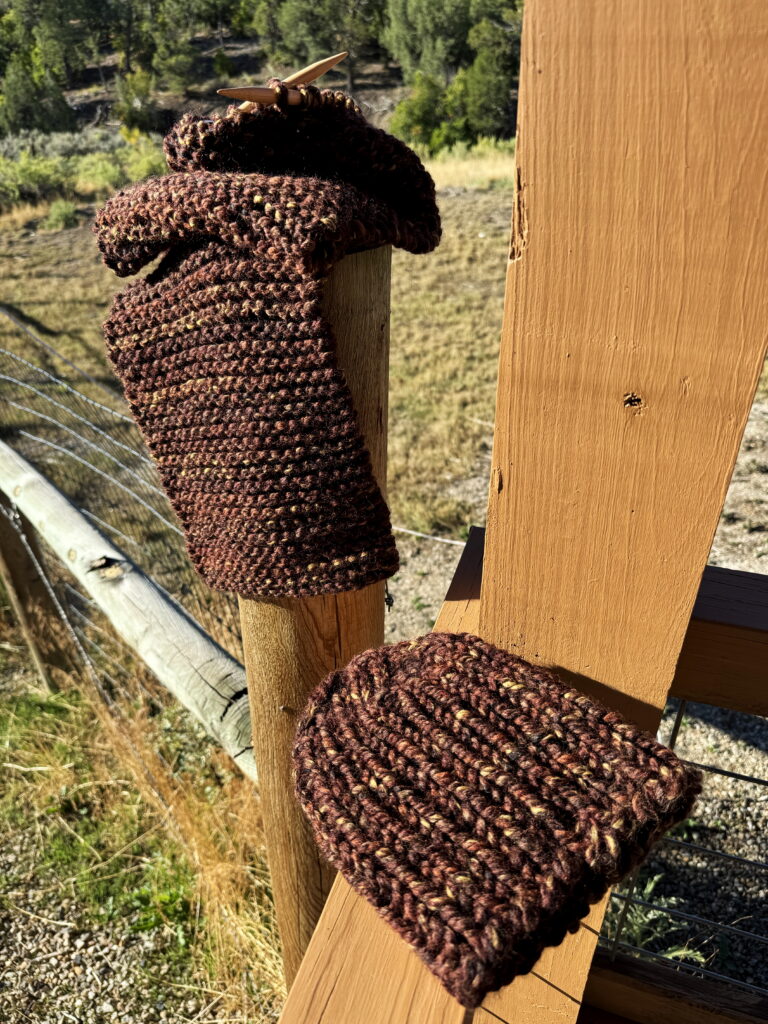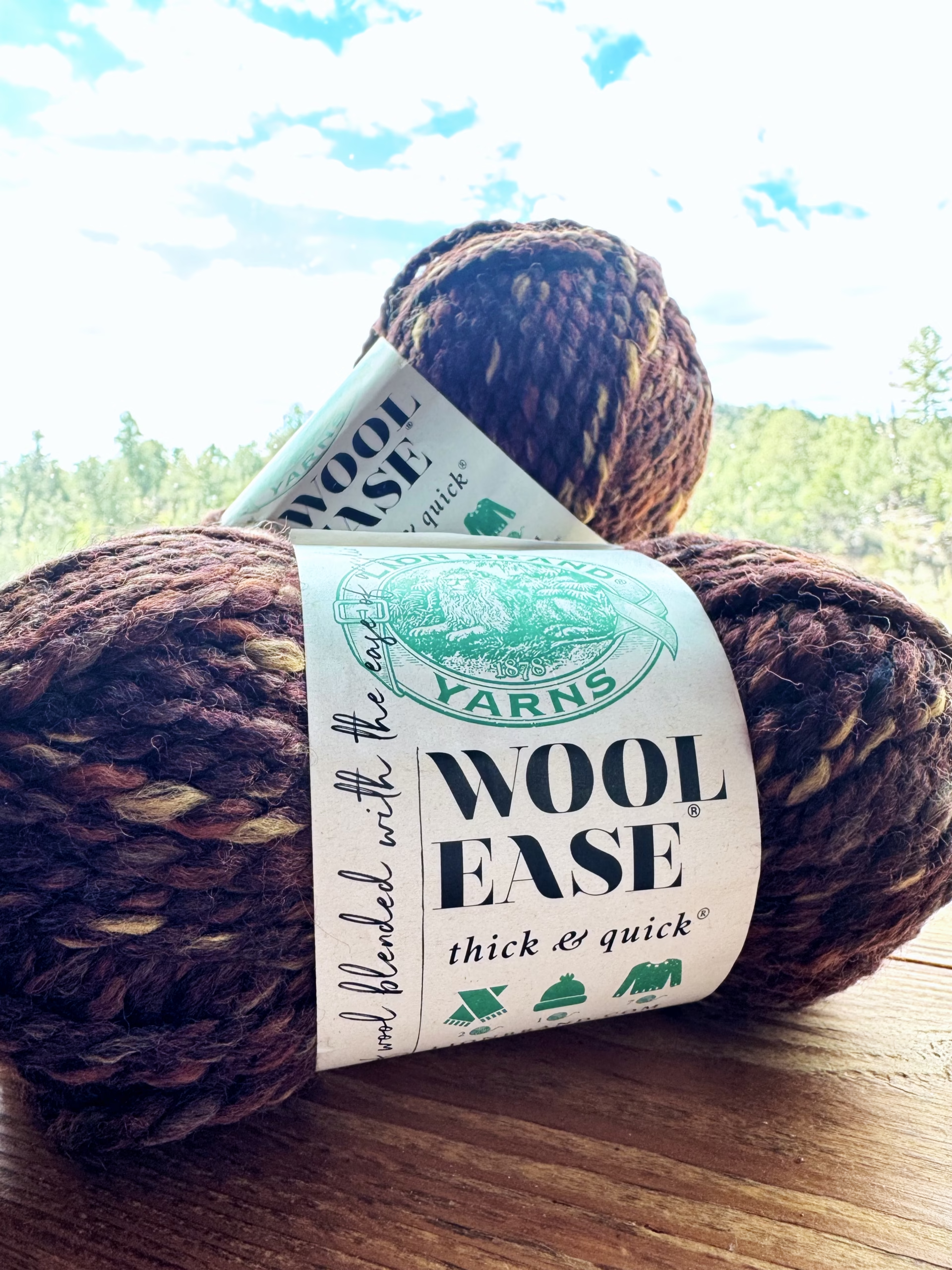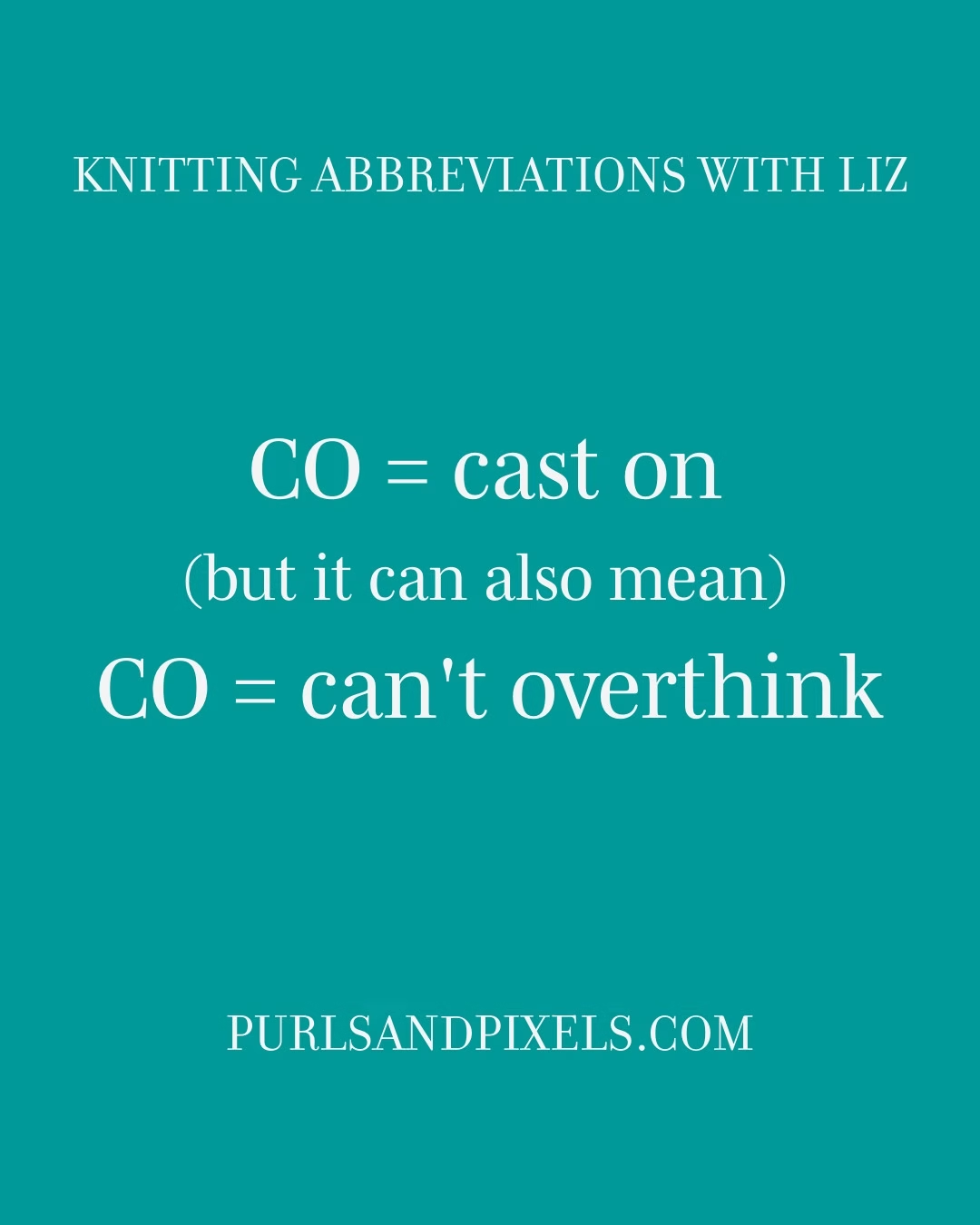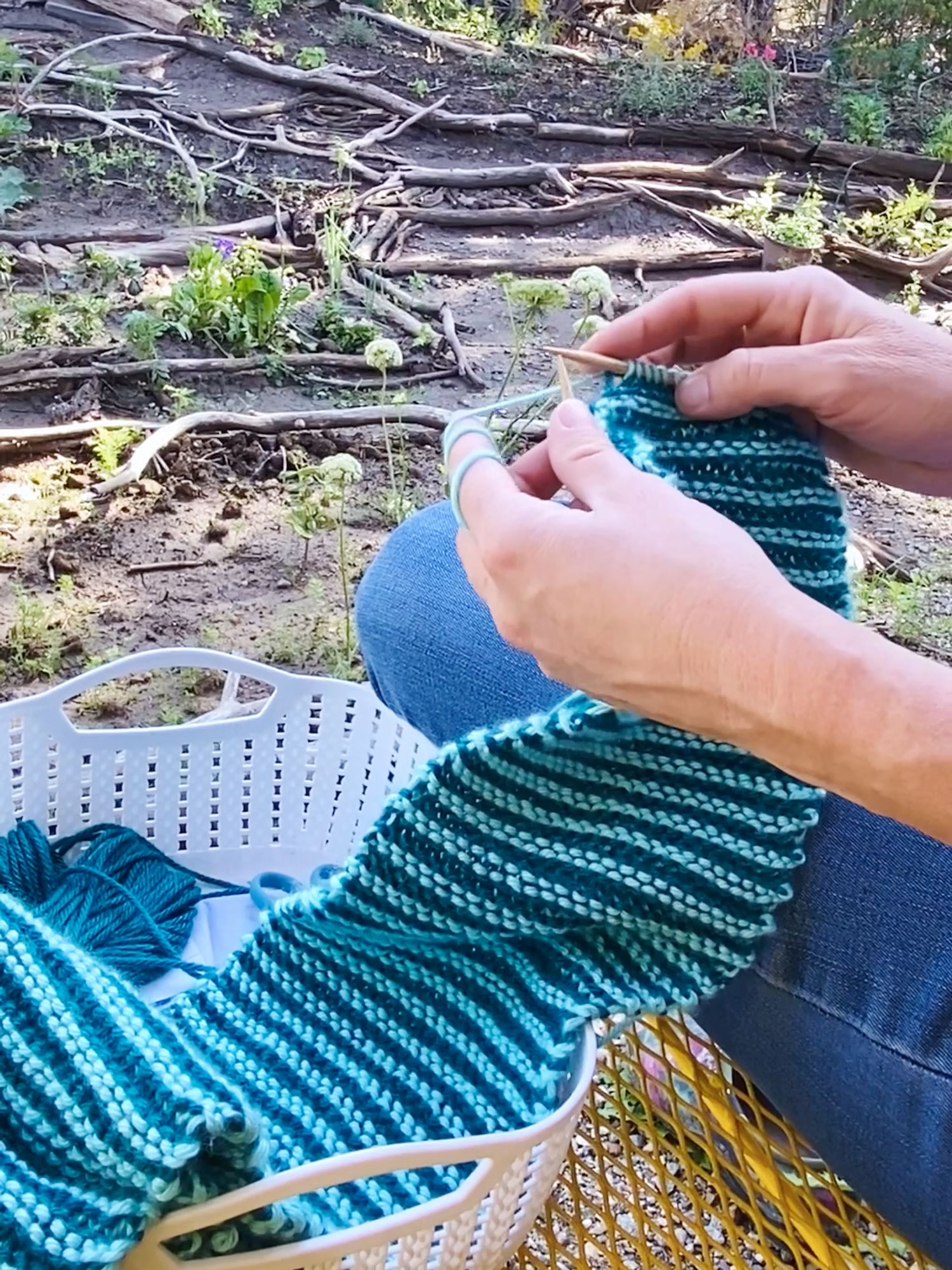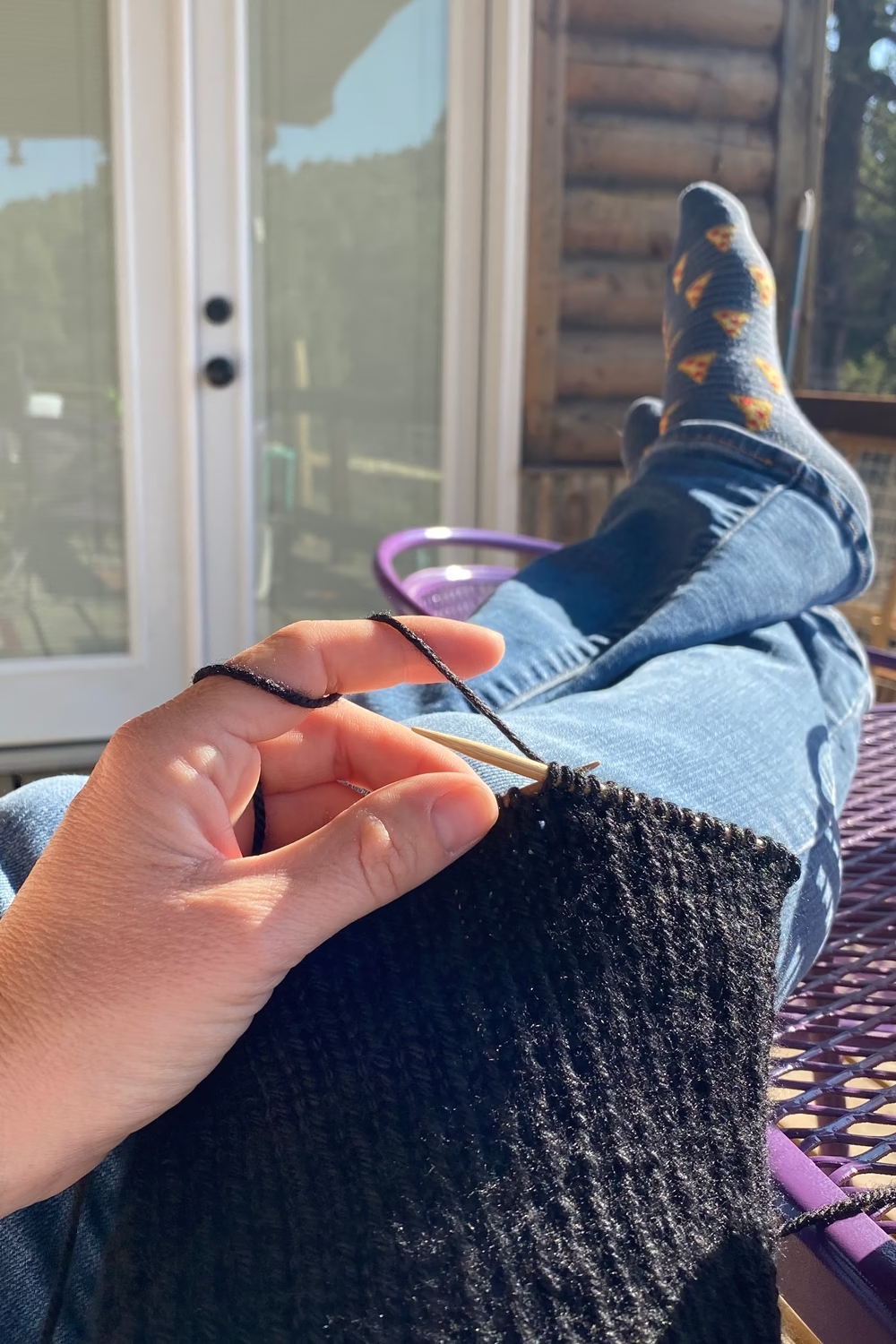A Free Knitting Pattern by Liz Chandler @PurlsAndPixels ☕
Looking for an easy knitting pattern that kids and adults can enjoy? This beginner chunky knit coaster pattern is quick, practical, and a perfect way to learn the basics. Using only knit and purl stitches with chunky yarn on straight needles, you will create a sturdy, washable coaster in about an hour. It is a simple project that helps new knitters build confidence while making something useful.
⏱️ Time to make: 30 minutes to 1 hour
🧶 Skill level: Beginner (kid-friendly)
🧵 Stitches used: Knit and purl (worked flat)
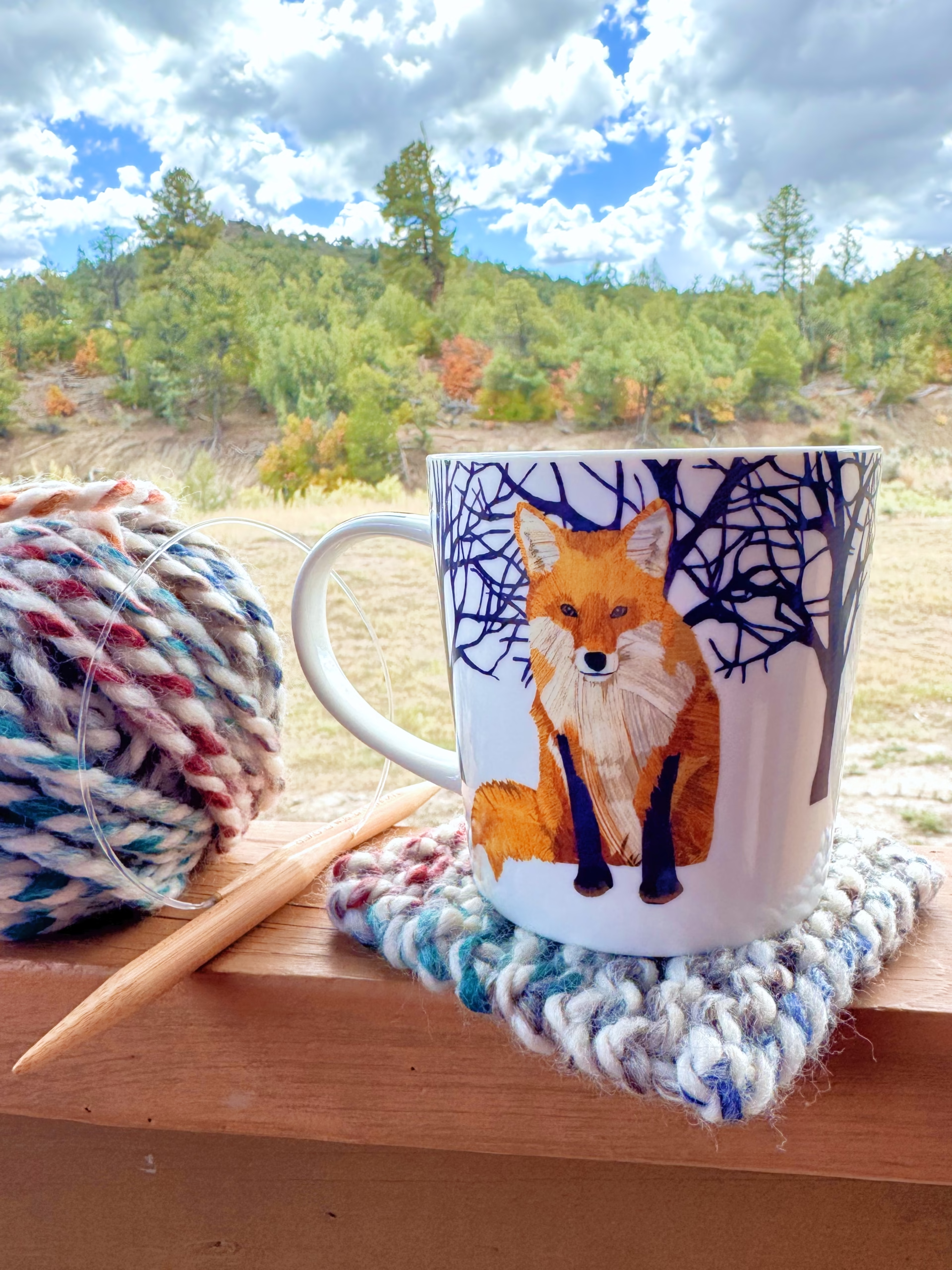
Free Easy Beginner Chunky Knit Coaster
If you are teaching kids how to knit or just starting yourself, this coaster is the ideal first project. It works up quickly, lays flat, and still looks neat even if your stitches are uneven.
Why this pattern works so well for beginners:
🧶 Fast and forgiving: Chunky yarn knits up quickly with fewer stitches.
🧵 Simple stitches: Only knit stitches are needed.
☕ Practical and fun: A coaster is a finished piece you can use right away or gift to someone special.
You may find yourself knitting an entire set for your coffee table or watching your kids make gifts they can be proud of.
🔗 Want more beginner-friendly patterns? Check out my free knitting tutorials and other cozy patterns!
Why Make Beginner Chunky Knit Coasters?
This project is more than just a practice square. It is a way to make something functional while learning:
☕ Protects your table: Keeps surfaces safe from coffee rings, tea stains, and water drips.
🎁 Perfect for gifting: A handmade present that kids can proudly share with friends, family, or teachers.
🧶 Great stash buster: Use up leftover bulky yarn.
📘 Foundation project: The first beginner projects in my upcoming Kids Can Knit book.
Essential Skills for Your Easy Chunky Knit Coaster
Learn to Knit Online With Free Tutorials
New to knitting? You are in the right place. These free tutorials walk you through all the skills used in this project:
- How to Cast On
- How to Knit in the Round on Circular Needles
- The Knit Stitch
- How to Bind Off
- How to Weave in Ends
Want to learn more? Check out the full Learn to Knit Index or download the Free Knitting Starter Kit with printable PDFs and calm video walkthroughs.
Materials for Your Easy Chunky Knit Beginner Coasters
Knitting Needles
Circular Needles
- 16-inch (41 cm) long US No. 13 (9 mm) circular needle (or size needed to obtain gauge)
Yarn
One 87-yard (5-ounce) skein of super-bulky (No. 6) yarn* (shown in Wool Ease Thick & Quick by Lion Brand Yarn “Carousel”), in your choice of color).
- One coaster uses approximately 9.6 yards (0.6 oz.)
*Weights estimated with Wool Ease Thick & Quick by Lion Brand Yarn; other yarn weights may vary.
Notions
Gauge
12 stitches x 15 rows = 4 x 4 inches in Stockinette Stitch on No. 13 (9.0 mm) needles. (Learn how to check your gauge here. But honestly, if you’re a brand new beginner, don’t worry about it. Just start following the pattern.)
Abbreviations
k = knit
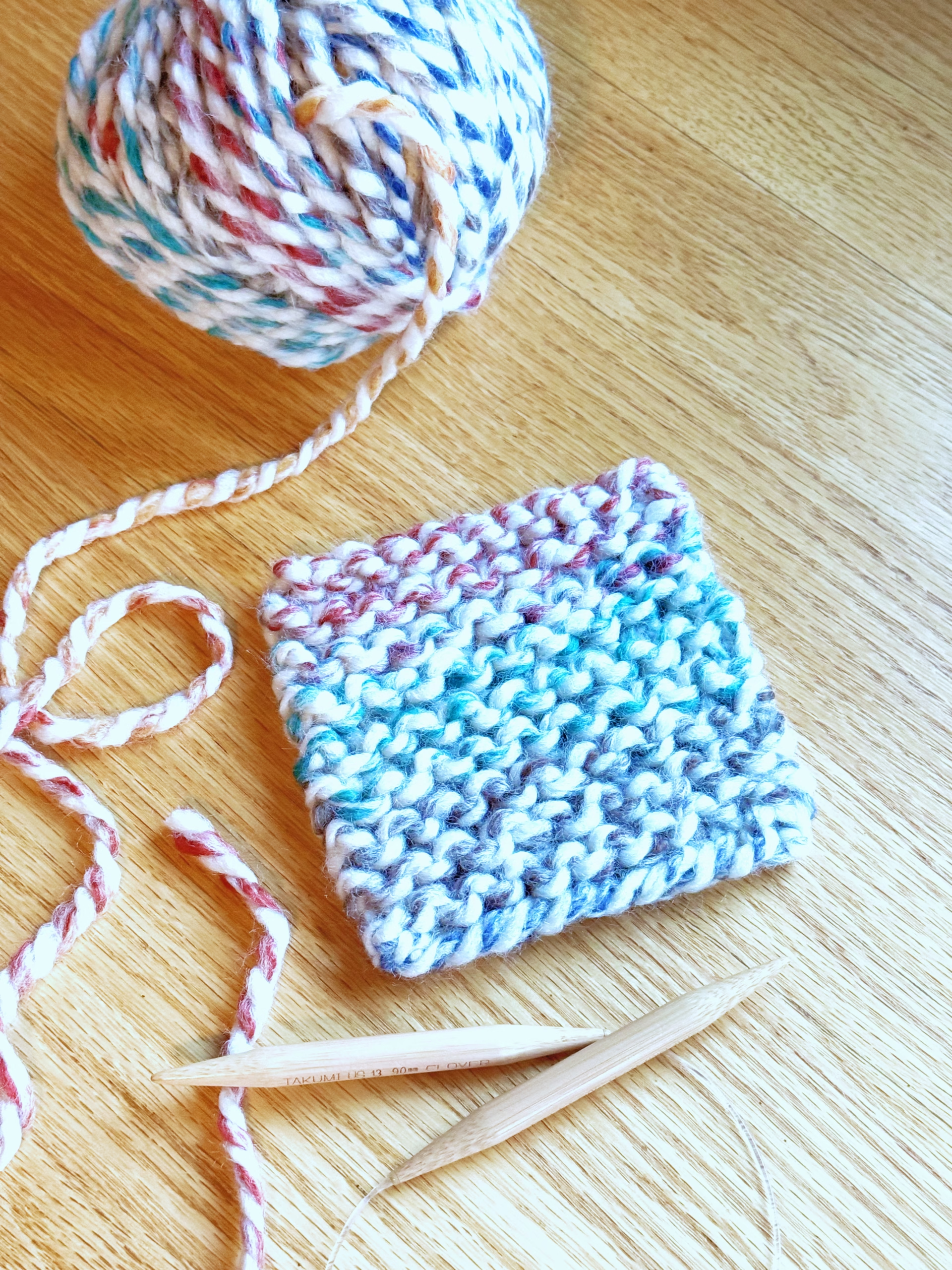
Instructions: Beginner Chunky Knit Coaster
(4 inches [10.16 cm] x 4 inches [10.16 cm])
Use the Long-Tail Cast On method. Knit flat, turning after each row.
Row 1: Cast on 10 stitches. (10 stitches) Turn.
Rows 2 – 18: k 10. (10 stitches) Turn.
Row 19: Bind off loosely.
Cut yarn, leaving an 8-inch (20.32-cm) tail, and pull through. Weave in ends. Block if desired.
Print the Free Easy Chunky Knit Coaster Knitting Pattern
Printable Easy Chunky Knit Coaster pattern PDF by Liz @PurlsAndPixels
Caring for Beginner Chunky Knit Coasters
If you use the materials called for in the pattern, your final product will be machine washable. To keep your coasters looking their best, hand wash or machine wash separately on delicate cycle in cold water. Lay flat to dry. Read more about how to care for handknits here.
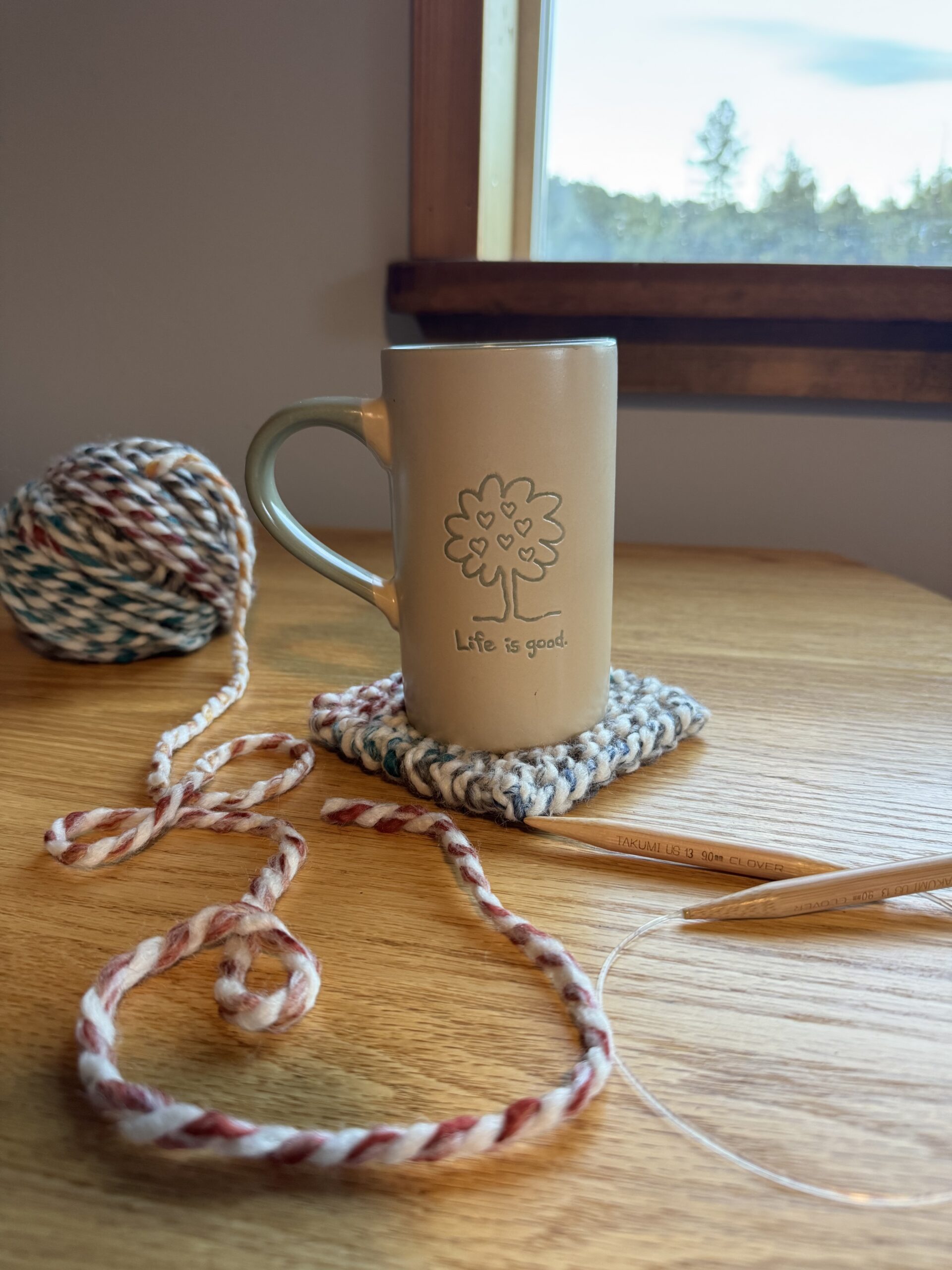
2025, Liz Chandler of PurlsAndPixels.
This pattern is for personal use, gifting, and charitable donation of completed items. You may also sell handmade items created using this pattern. Do not copy this pattern and distribute it. If you’d like to share the pattern, refer your friends to my website, purlsandpixels.com so they may obtain a copy.
If you find any errors or have any questions, email purlsandpixels@gmail.com and I will do my best to help.
I’d love to see your finished work! Tag your photos with @PurlsAndPixels on Twitter or Instagram.
Related Posts You’ll Love
☕ Create a Cozy Coffee Nook: Add Your New Handmade Coasters (and More) to the Kitchen
🍵 Quick & Easy Coffee Cup Cozy: Fun to Knit and Use
🧣Chunky Knit Scarf Pattern: Simple, Quick, and Beautiful
🙏 Gratitude Blanket Pattern: Cozy Comfort for Every Home
🛁 Double-Thick Cotton Washcloth Pattern: Knits Up in No Time
Don’t Miss a Stitch! 🧶
Love cozy knitting projects? Sign up for my newsletter to get more free patterns, helpful tips, and updates straight to your inbox. 💌

